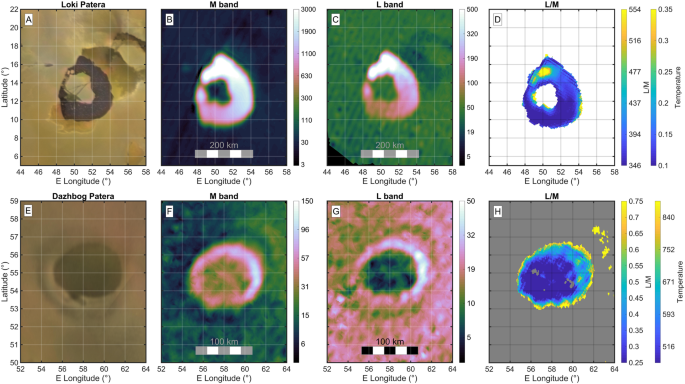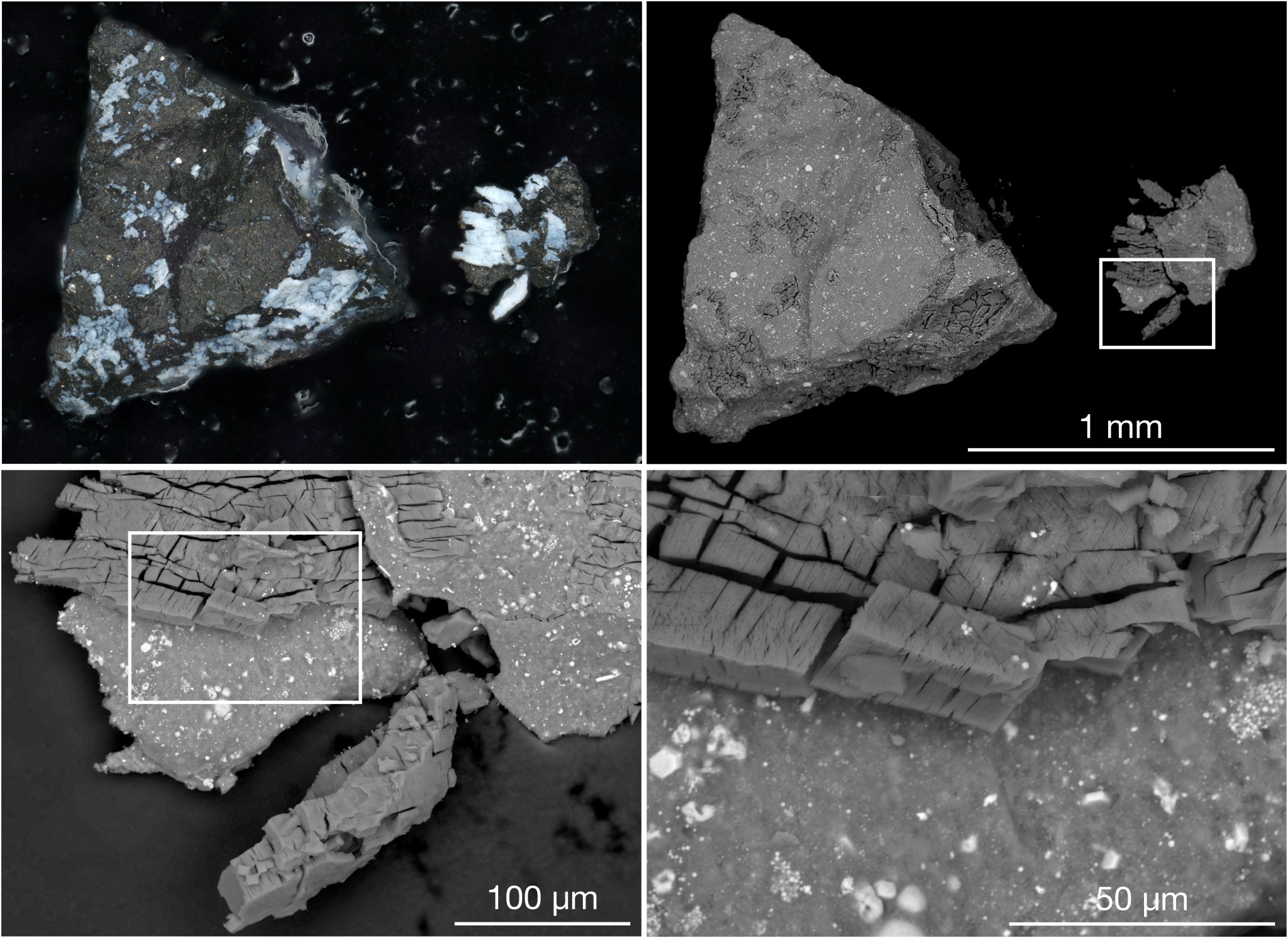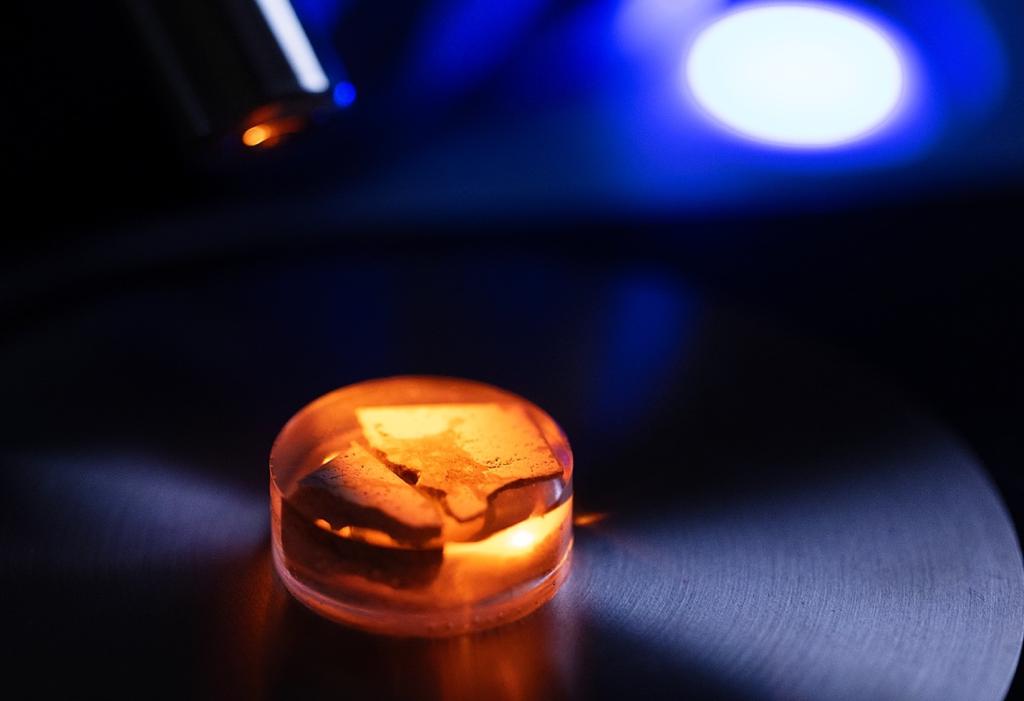2024-06-26 NASA
<関連情報>
- https://www.nasa.gov/missions/juno/nasas-juno-gets-a-close-up-look-at-lava-lakes-on-jupiters-moon-io/
- https://www.nature.com/articles/s43247-024-01486-5
JUNO/JIRAMが観測したイオの熱い環 Hot rings on Io observed by Juno/JIRAM
Alessandro Mura,Federico Tosi,Francesca Zambon,Rosaly M. C. Lopes,Peter J. Mouginis-Mark,Heidi Becker,Gianrico Filacchione,Alessandra Migliorini,Candice. J. Hansen,Alberto Adriani,Francesca Altieri,Scott Bolton,Andrea Cicchetti,Elisa Di Mico,Davide Grassi,Raffaella Noschese,Alessandro Moirano,Madeline Pettine,Giuseppe Piccioni,Christina Plainaki,Julie Rathbun,Roberto Sordini &Giuseppe Sindoni
Communications Earth & Environment Published:20 June 2024
DOI:https://doi.org/10.1038/s43247-024-01486-5

Abstract
It has been thought that Io’s many paterae may contain lava lakes, but observations by NASA’s Galileo spacecraft at sufficiently high resolution were limited to a few locations, such as Loki Patera. Data acquired by NASA’s Juno mission in May 2023 reveal a common set of thermal characteristics for at least ten paterae on Io, with bright (hot) “thermal rings” around the perimeter of their floors. Loki, Surt, Fuchi, Amaterasu, Mulungu, Chors, and Dazhbog Patera, and four unnamed paterae, all show the same pattern of surface temperature. This new Juno/JIRAM data suggests that hot rings around paterae are a common phenomenon, and that they are indicative of active lava lakes. All the investigated paterae lack recent lava flows on their flanks, suggesting that at the time of observations, the level of the lake was not high enough to overflow the rim. These observations provide insight about the characteristics of paterae’s activity, which may involve either central upwelling of magma, or up-and-down “piston-like” vertical motion of the lake surface. Tidal forces, which are extreme at Io, could play a role as well. Future observations from Juno, particularly during the closest flybys, may indicate which mechanism is more plausible.




